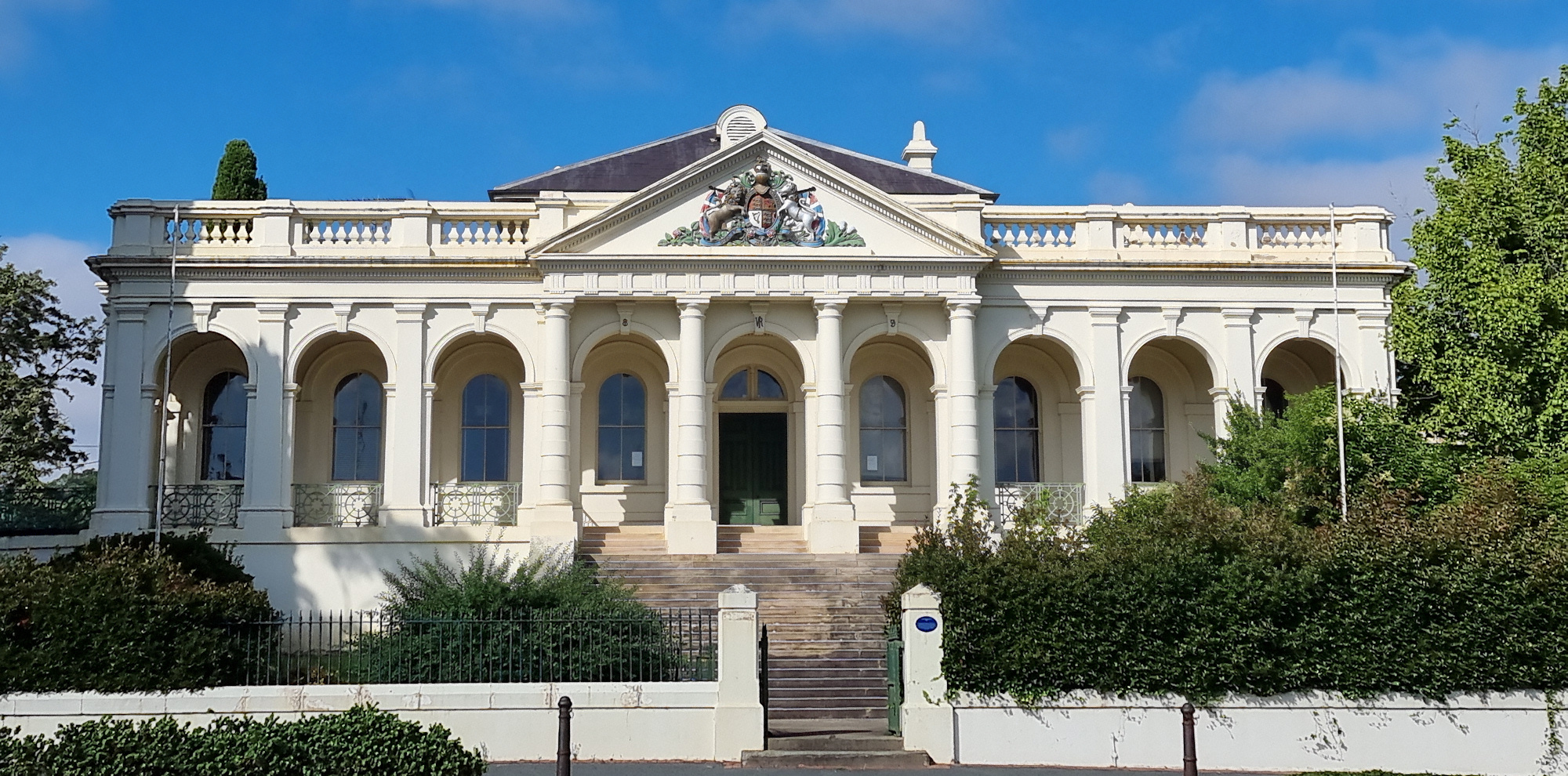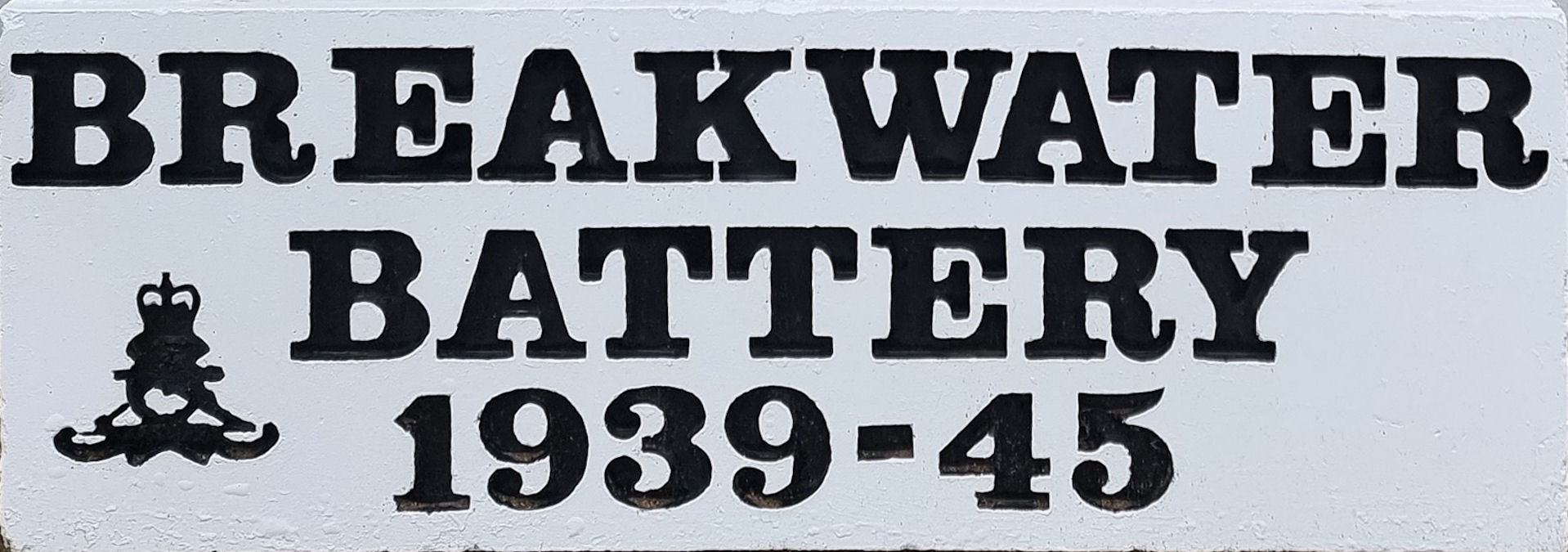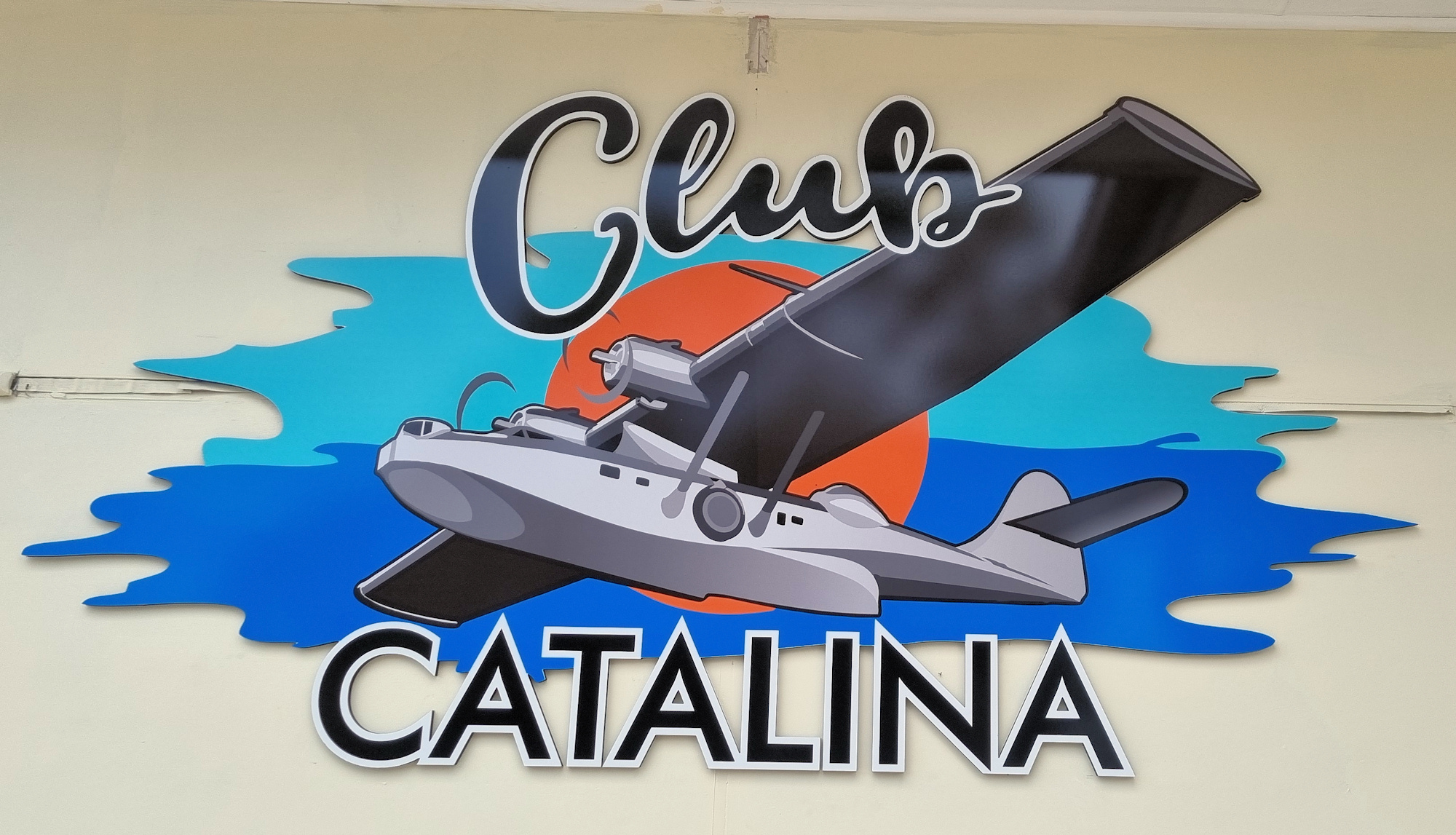Category: Memorial
-
Yass New South Wales

Yass New South Wales An hour’s drive north of Canberra, or west from Goulburn, Yass is an historic New South Wales Town. We were passing through on a drive from Canberra to Orange so stopped to have a quick look around. Being early morning, parking was easy, and we found a spot outside the Banjo… Read more
-
Port Kembla Heritage Park

Port Kembla Heritage Park Containing many large artefacts from Port Kembla’s military and industrial past, the Port Kembla Heritage Park is both an interesting and educational to visit. We parked at the end of Gloucester Boulevard, although you could also use the carpark at Foreshore Road. The area formed an integral part of the defences… Read more
